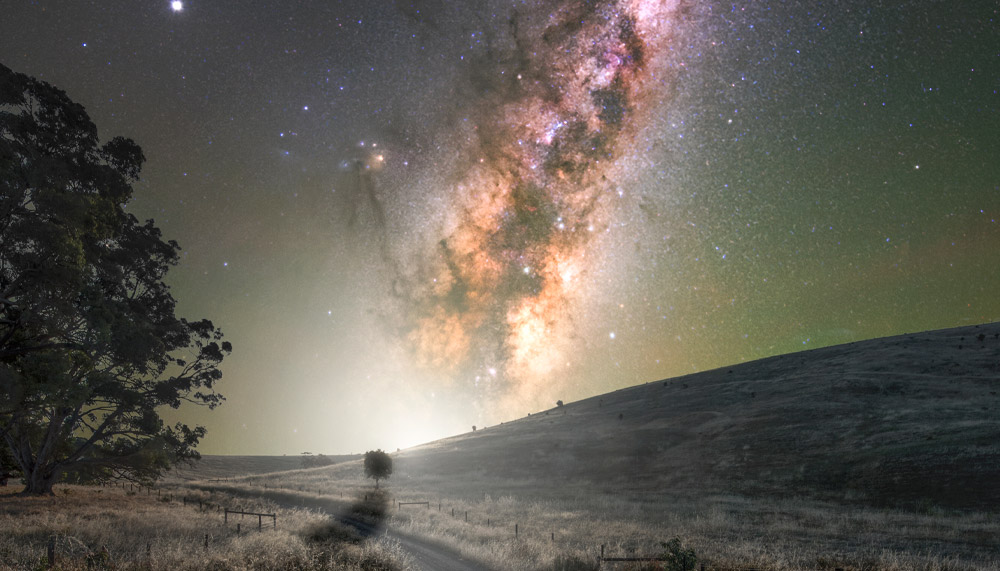For everything from hatchling turtles and migratory shorebirds to spiders and bogong moths, artificial light can be a real turn-off.
Story Amanda Burdon Photo blntpencil
Wherever we live, we depend on artificial light at night. But for those creatures that share our territory, anything brighter than moonlight can be disturbing. Add in the sky glow produced by any nearby populations or industrial sites and light can be deadly.
We’ve known for decades that artificial light has human impacts – just ask any shift worker. But scientists are now switching on to the fact it has physiological and behavioural effects on visiting and resident nocturnal animals. It can disorientate turtles and birds, disrupt courtship and reproduction in insects, and even jeopardise the lives of baby wallabies.
“There is really good evidence now to suggest that lights are causing all kinds of shifts from normal behaviour,” says Dr Therésa Jones from the Urban Light Lab at the University of Melbourne. “It’s putting migratory animals off their pathways and disrupting their movements, and some animals are staying awake for longer than they should.
“For all of life on Earth, cycles of natural light convey day and night, and this translates into variations in activity patterns. Even in the most remote parts of our country, if there is light at night there is no longer the complete darkness that many animals are perfectly evolved to live under.”
This story excerpt is from Issue #133
Outback Magazine: Oct/Nov 2020










